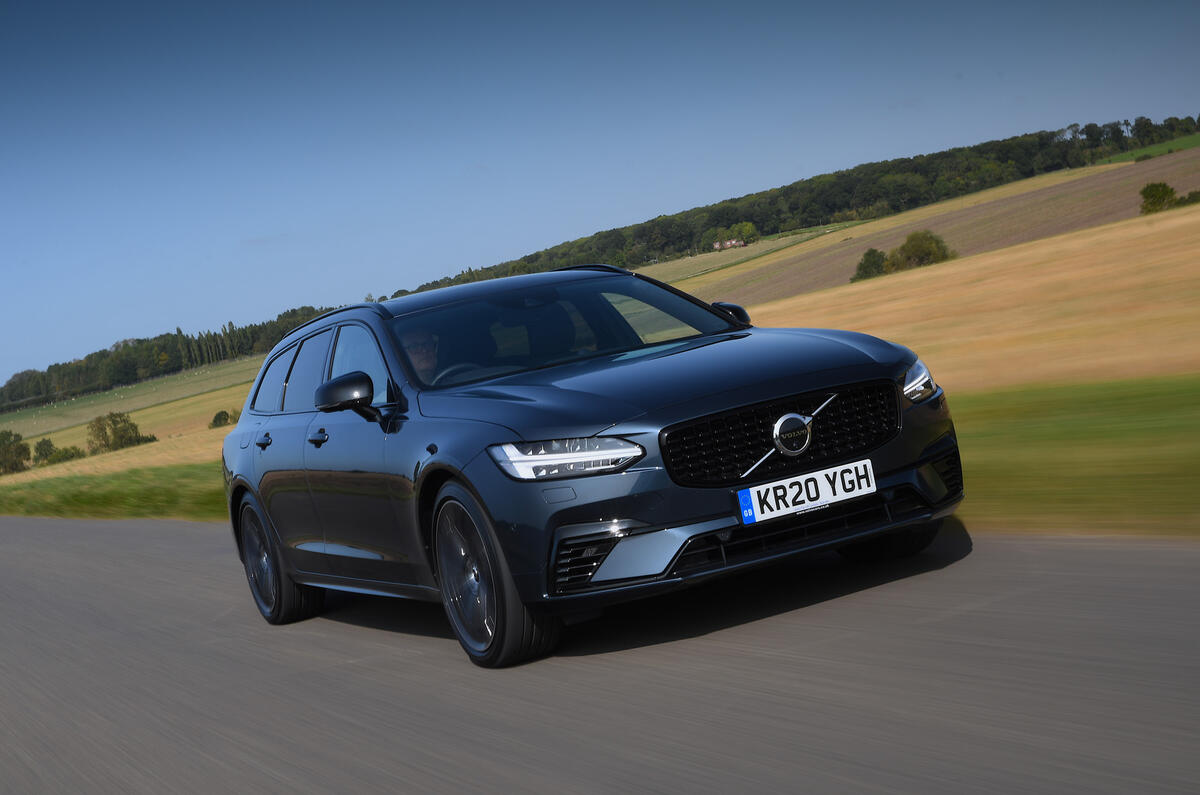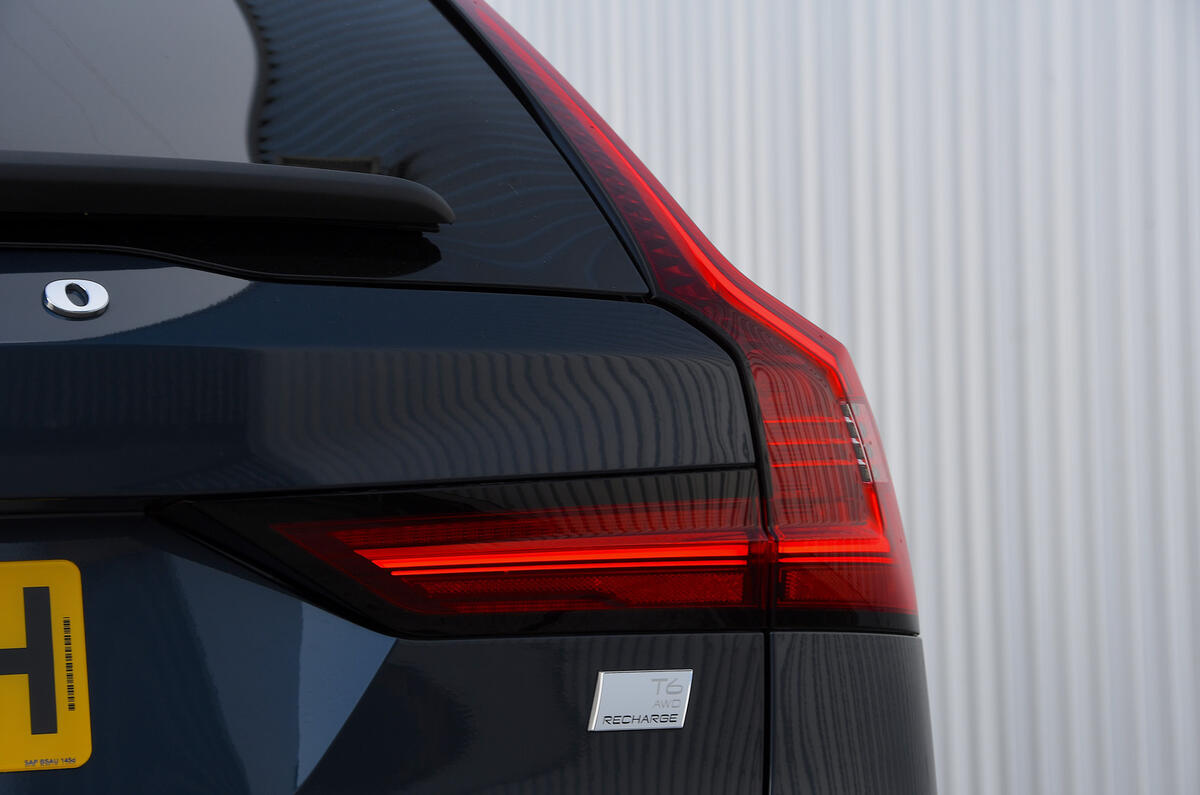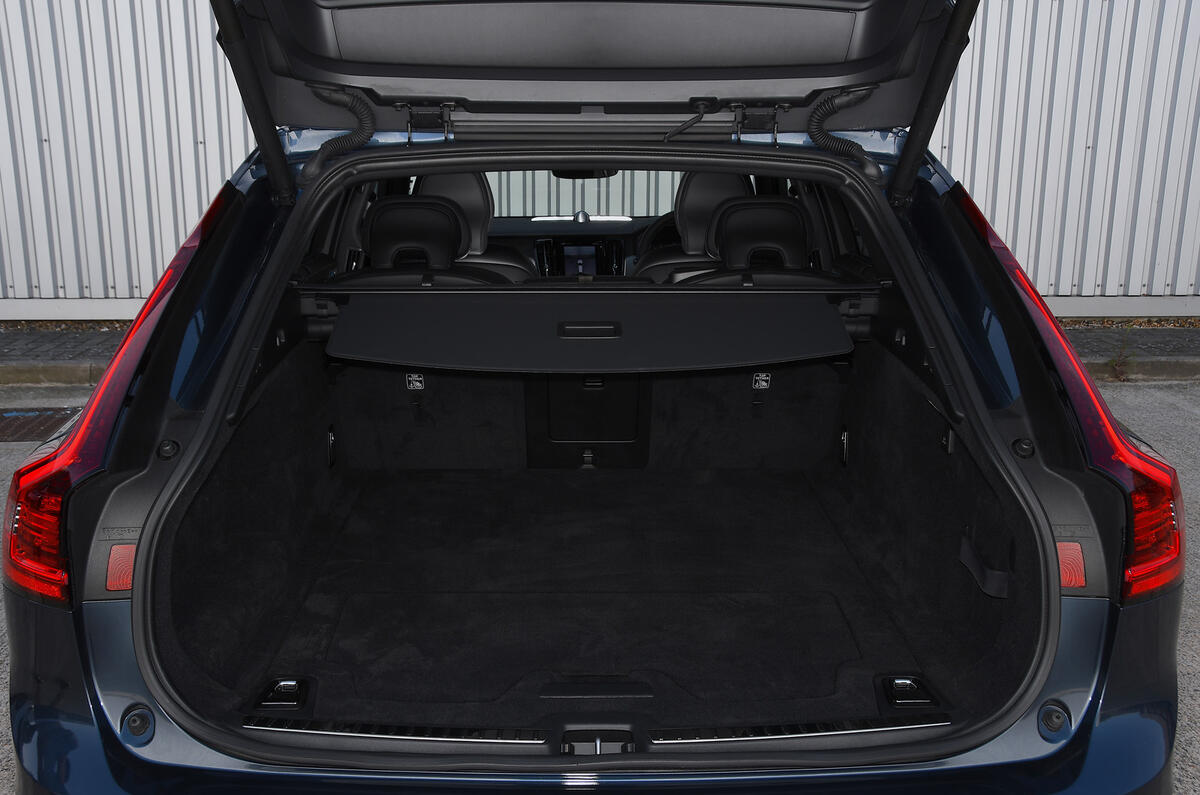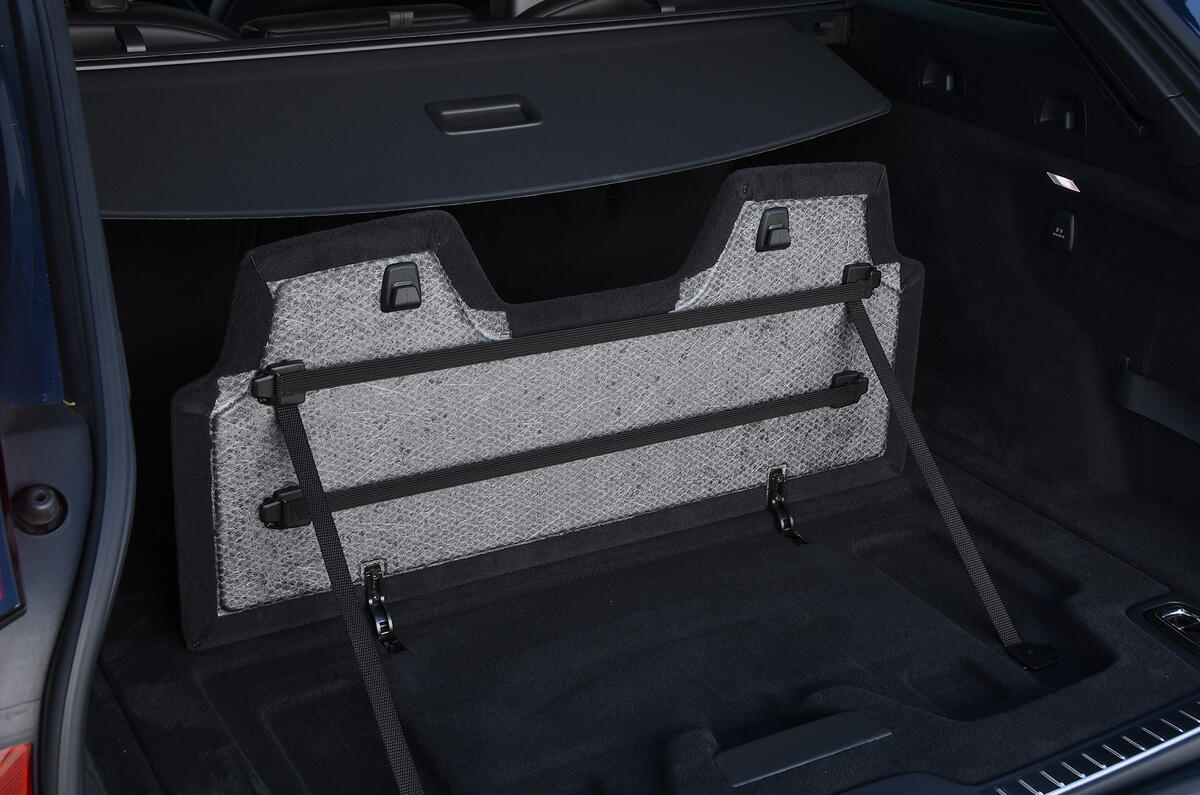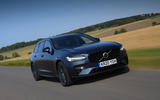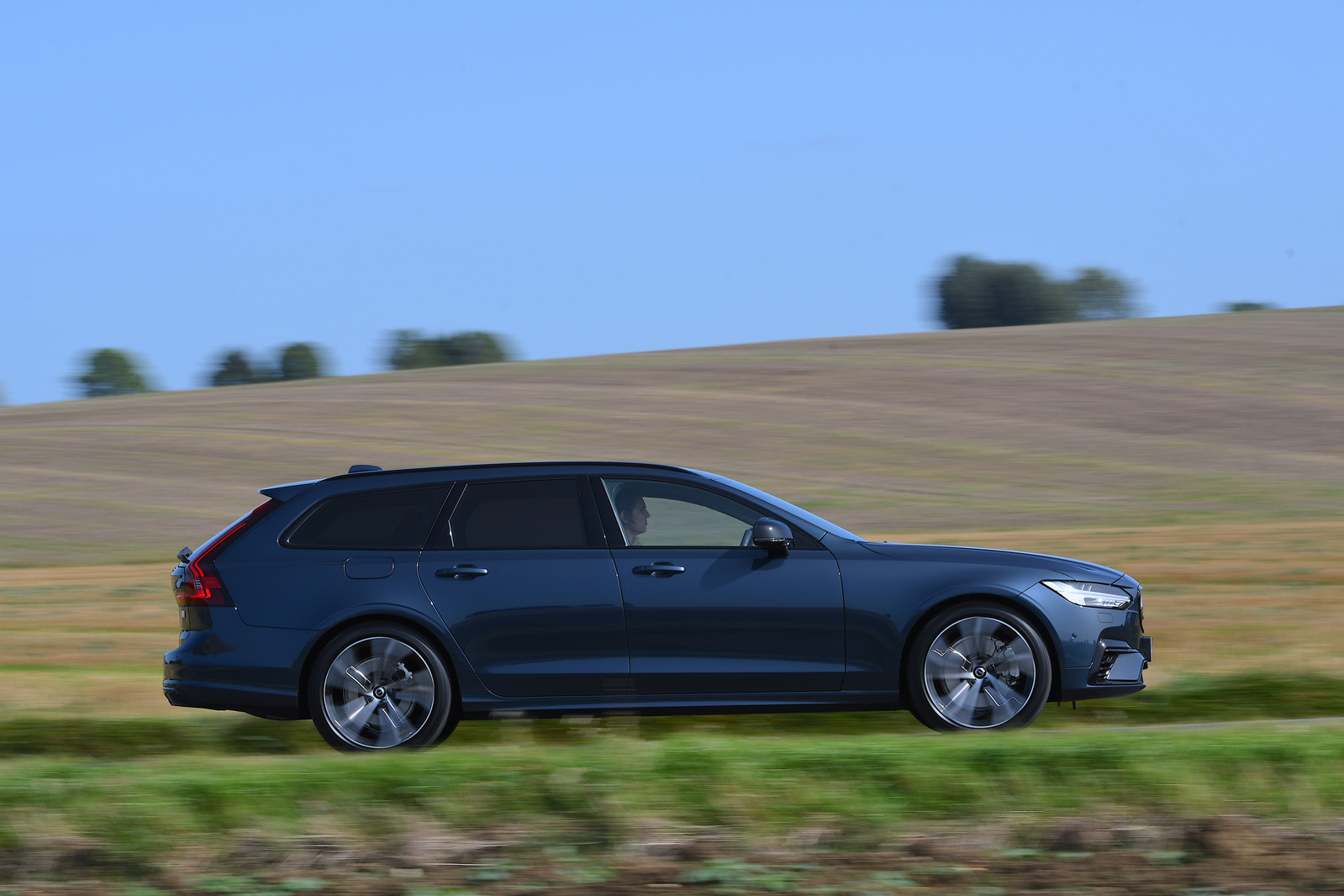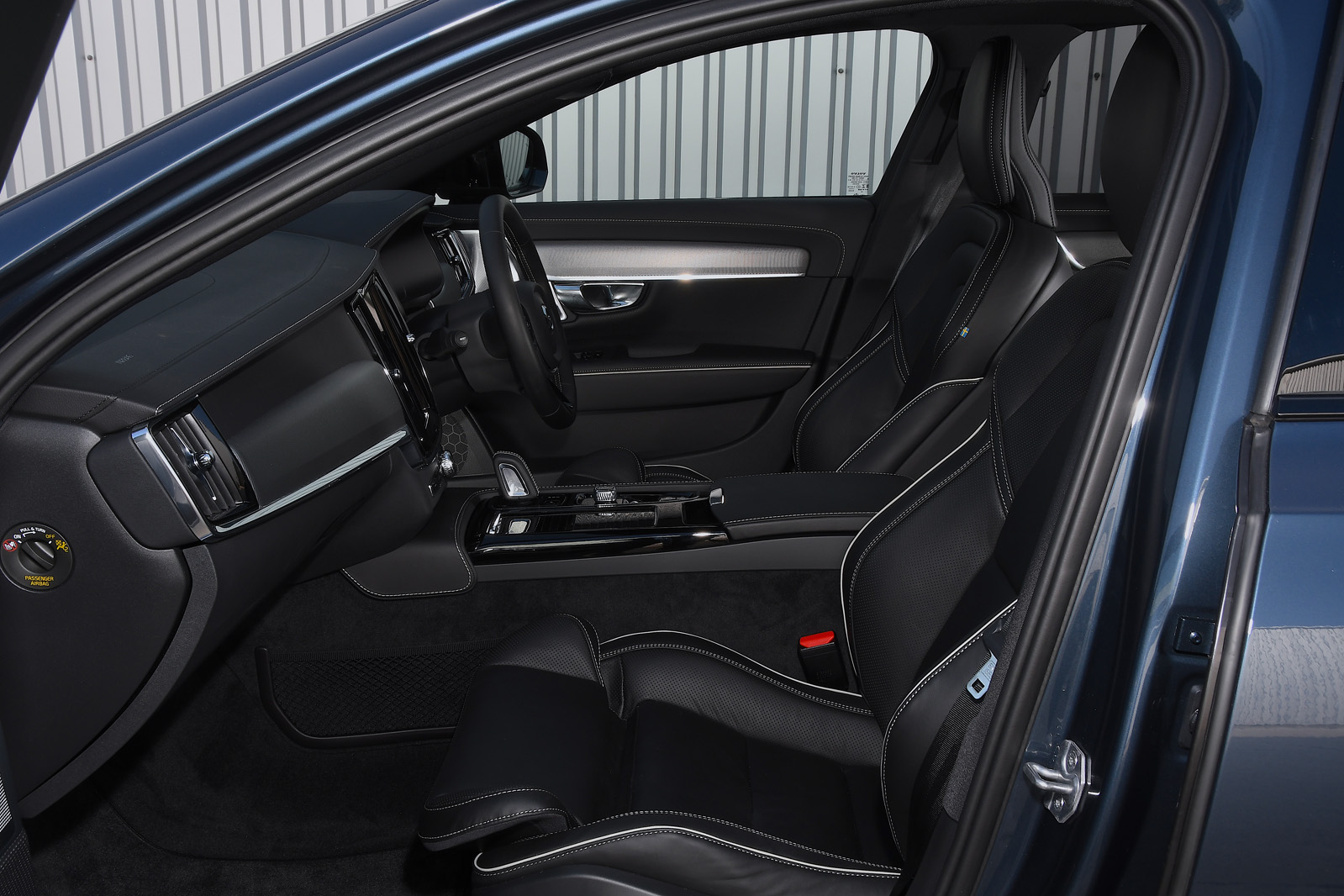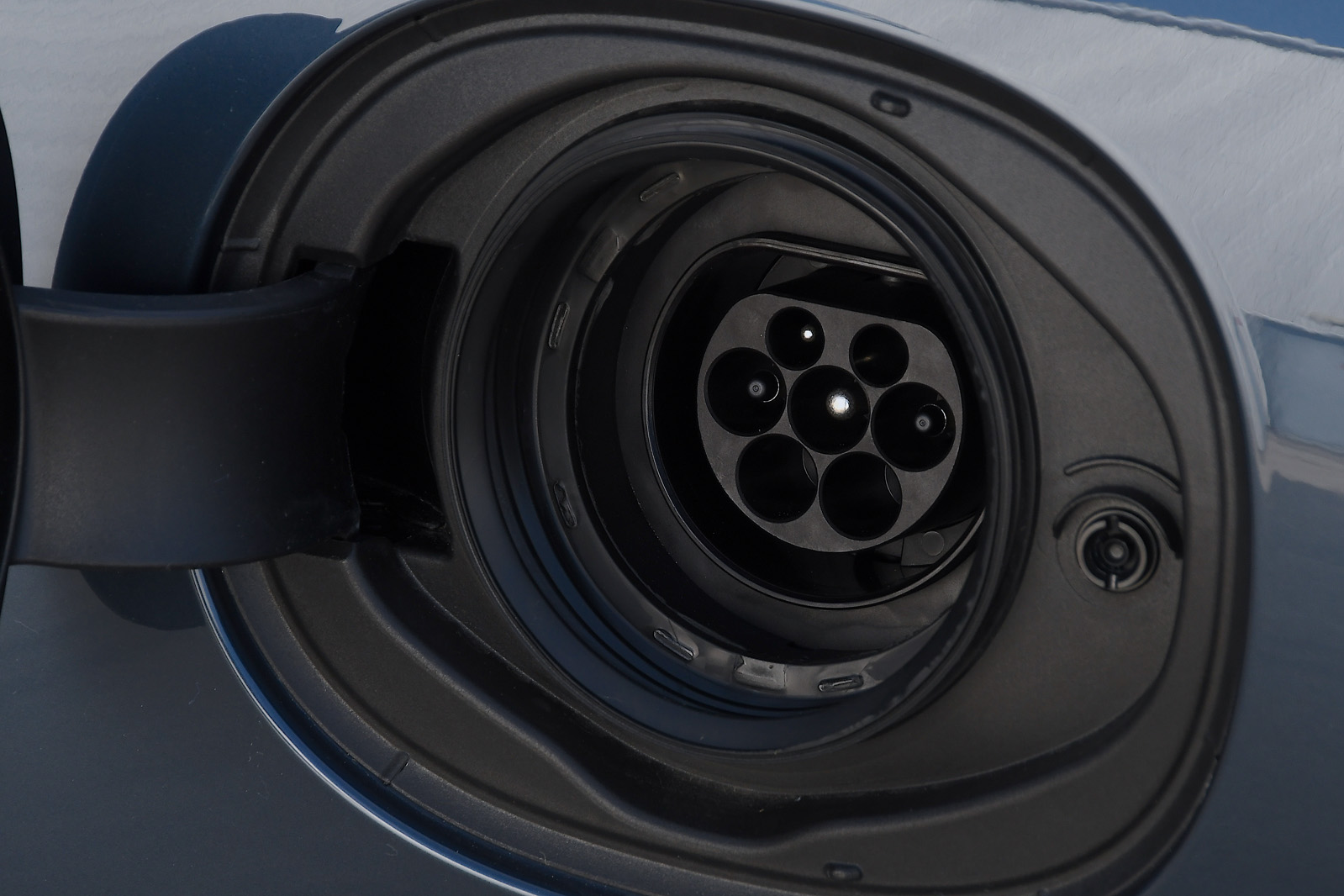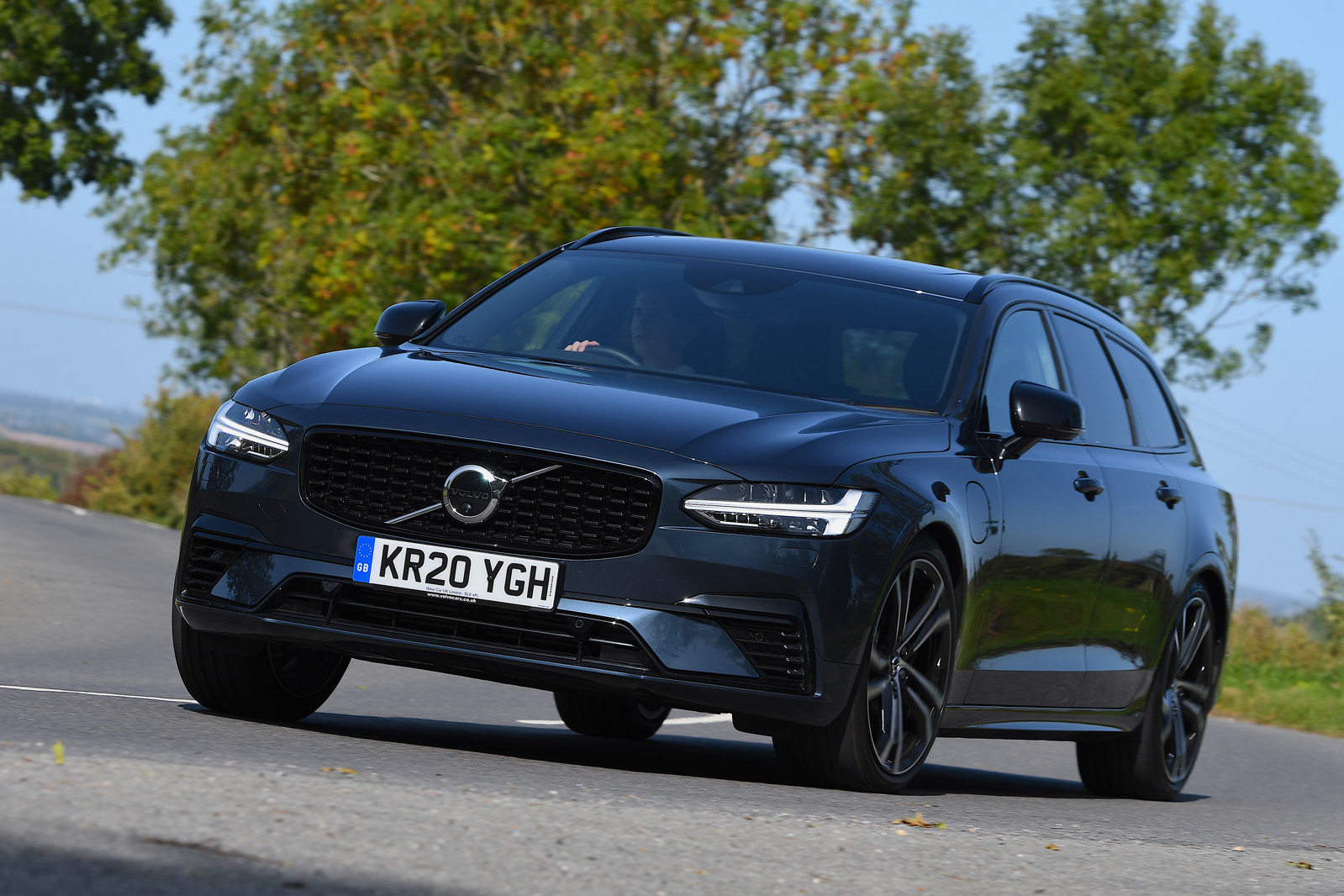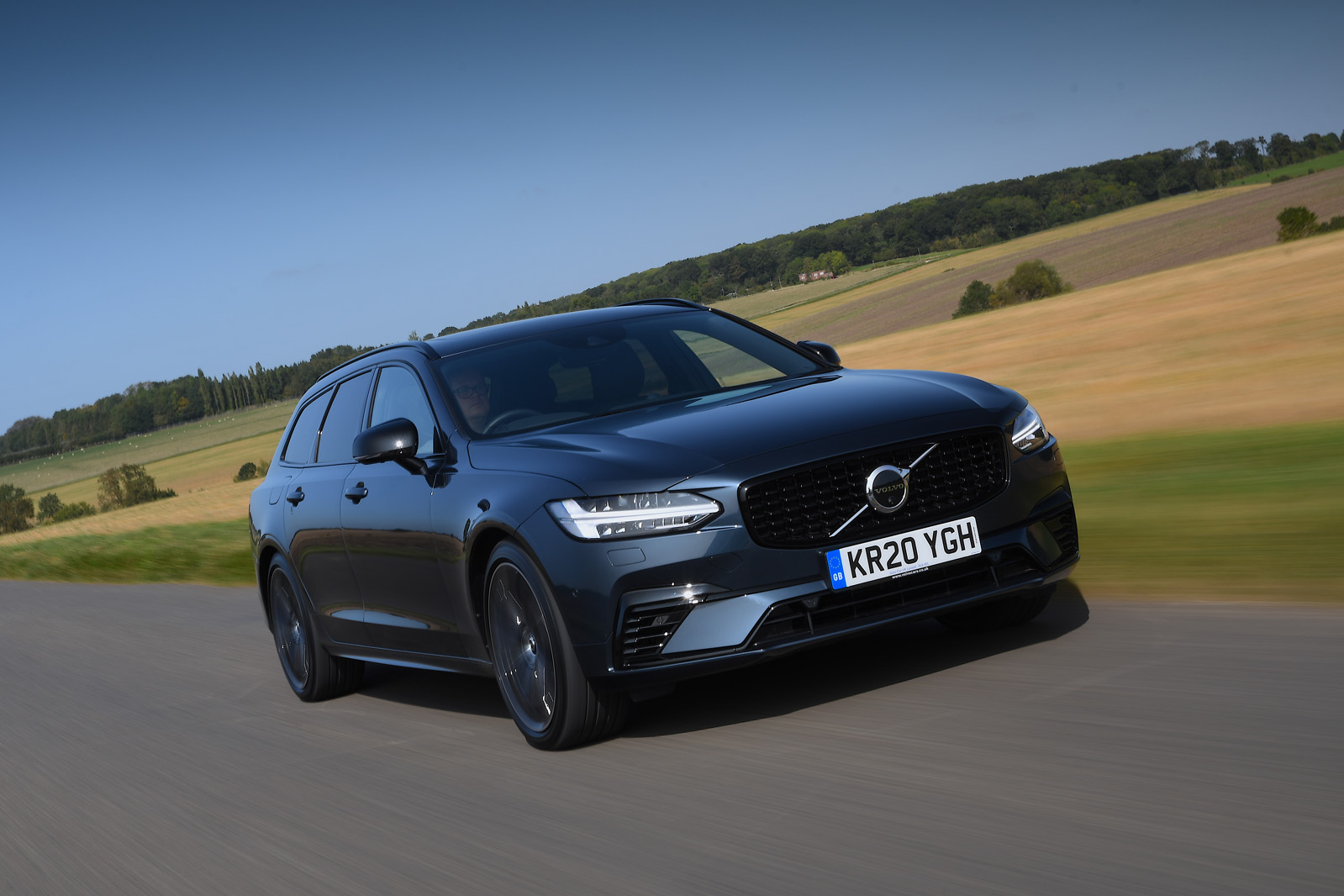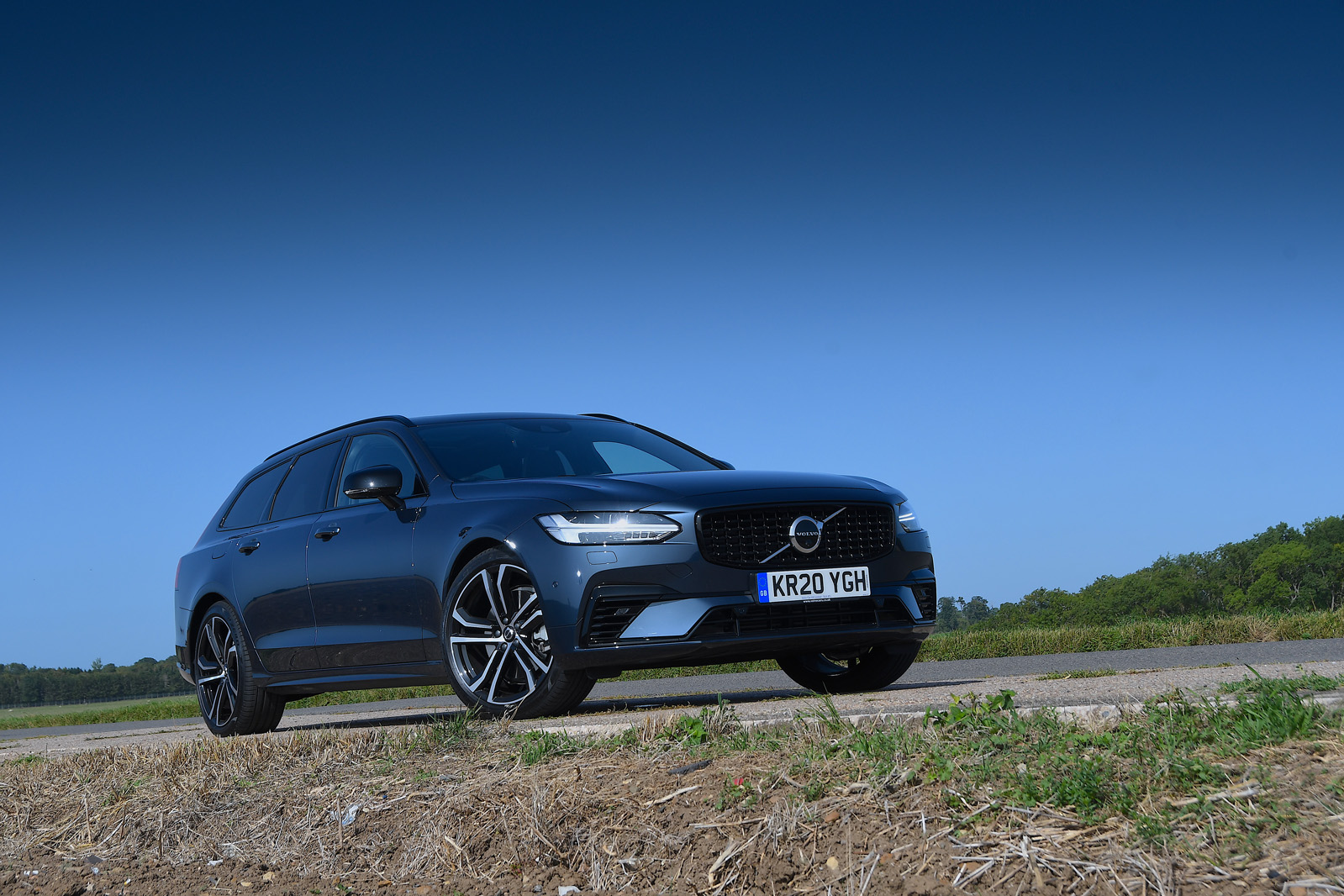The maturation of Volvo’s electrification strategy since its first forays into plug-in technology back in the late 2000s has been impressive to say the least.
Those with longer memories will recall the C30-based ReCharge Concept from 2007: a ‘series hybrid’ that could travel as far as 62 miles in electric-only mode and which used a 1.6-litre petrol engine to charge the batteries that powered its four electric motors. Then there were the two diesel-electric V70s that Volvo ran as part of a joint research trial with energy supplier Vattenfall.
These plug-in estates offered an electric range of up to 19 miles and in 2010 were given to Volvo employees so their strengths and weaknesses could be assessed in real-world use. Suffice to say, a chief criticism was a shortage of emissions-free range provided by the 11.3kWh battery.
Since then, however, things have accelerated greatly. With a massive cash injection from owner Geely, Volvo was able to use the lessons that had been learned from such projects to get the jump on its German rivals. So a diesel-electric plug-in hybrid version of the Volvo V60 arrived in 2012 and was gradually followed by a raft of high-end, performance-oriented petrol-electric models that offered savvy company car owners an appealing and stylish means of cutting their fuel and tax expenditure.
Fast-forward to 2020 and Volvo’s entire model line-up is now electrified, including everything from mild-hybrids to full EVs. At the same time, Volvo has also worked to make some of its larger, pricier plug-in hybrid models a bit more financially accessible now that rival manufacturers’ electrified portfolios are beginning to grow.


